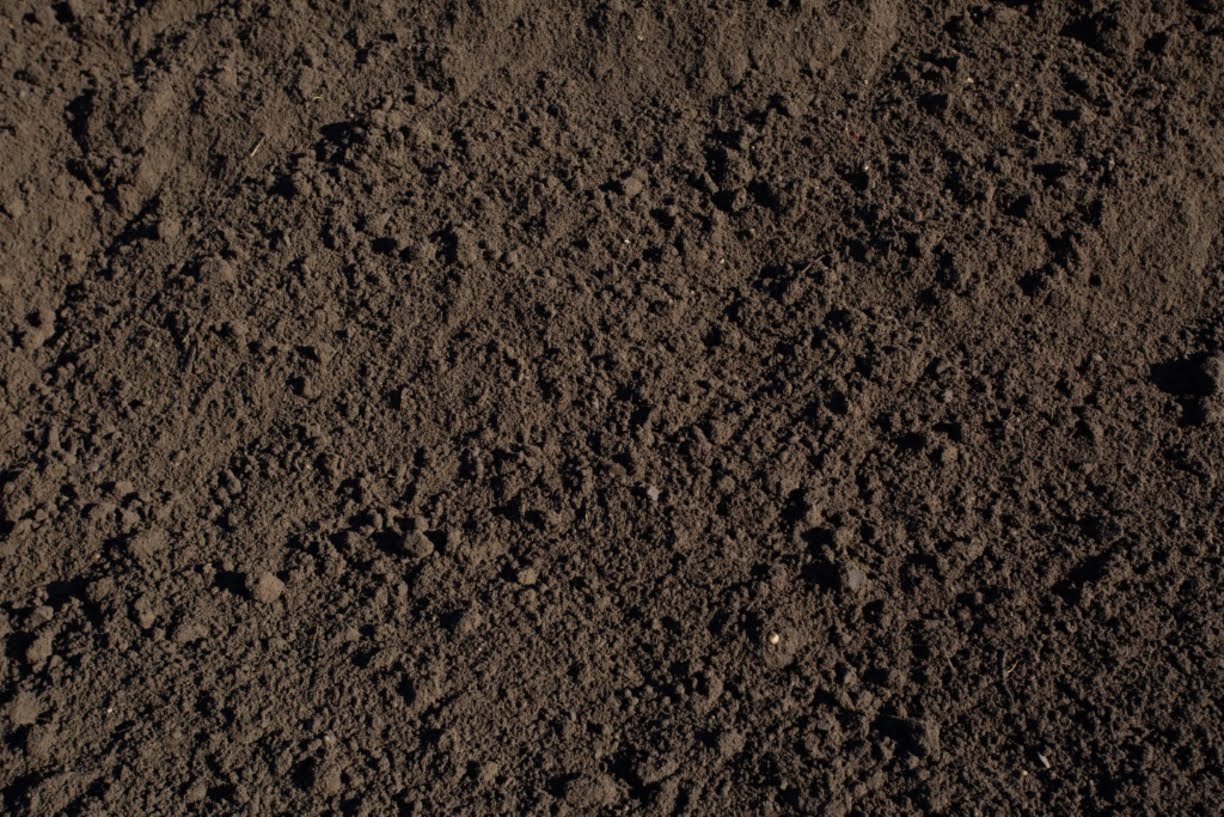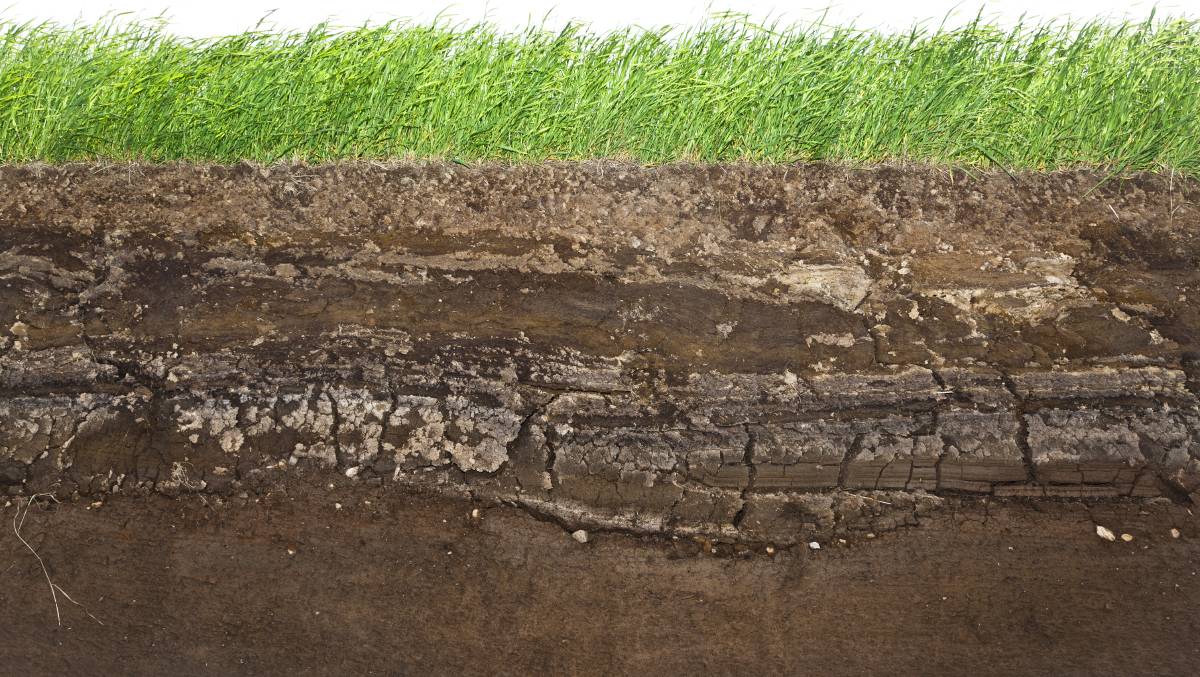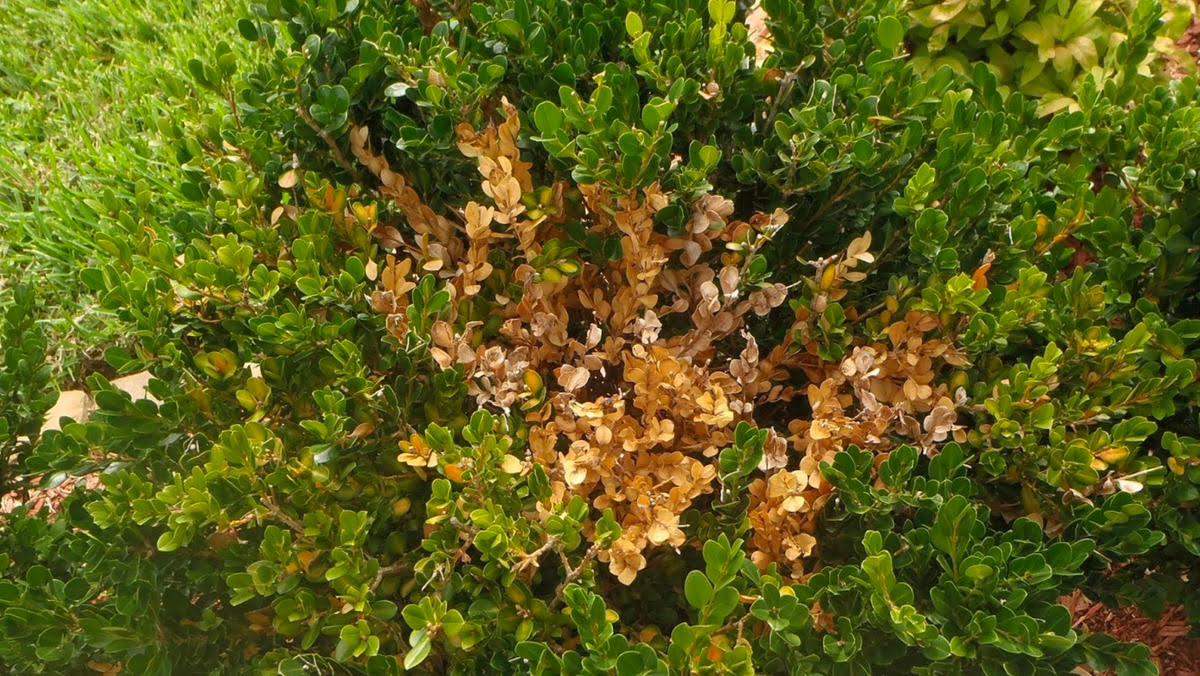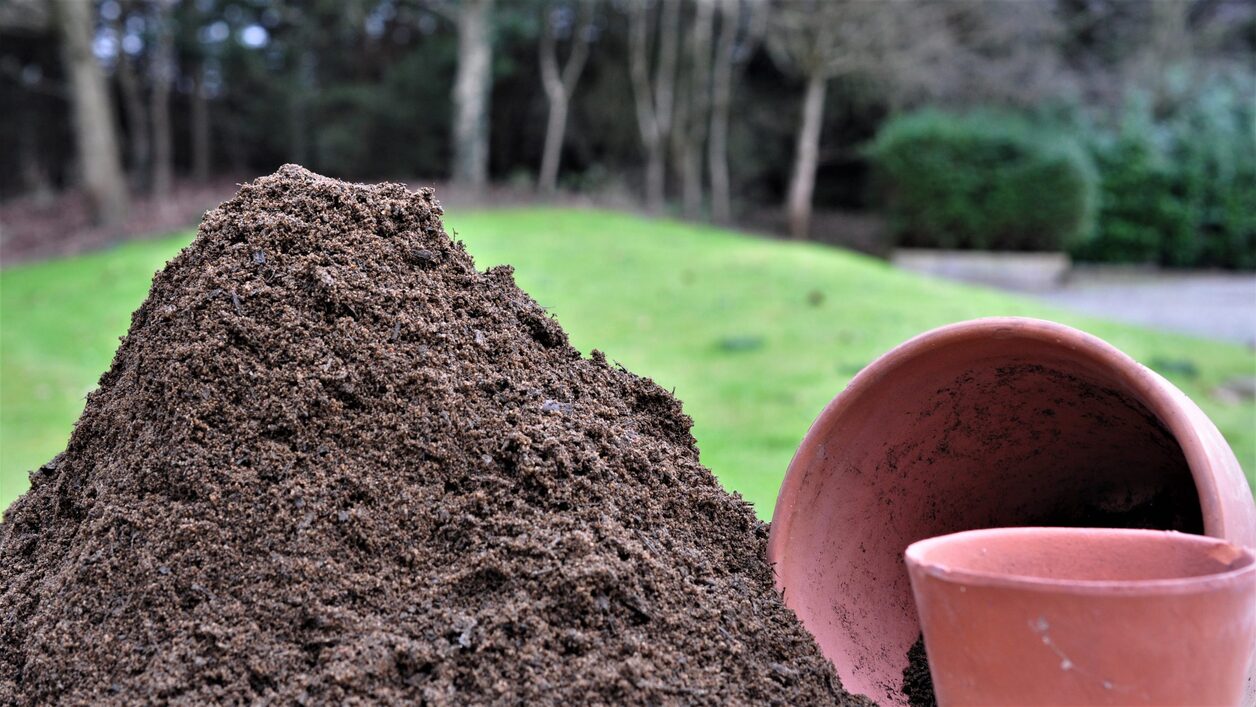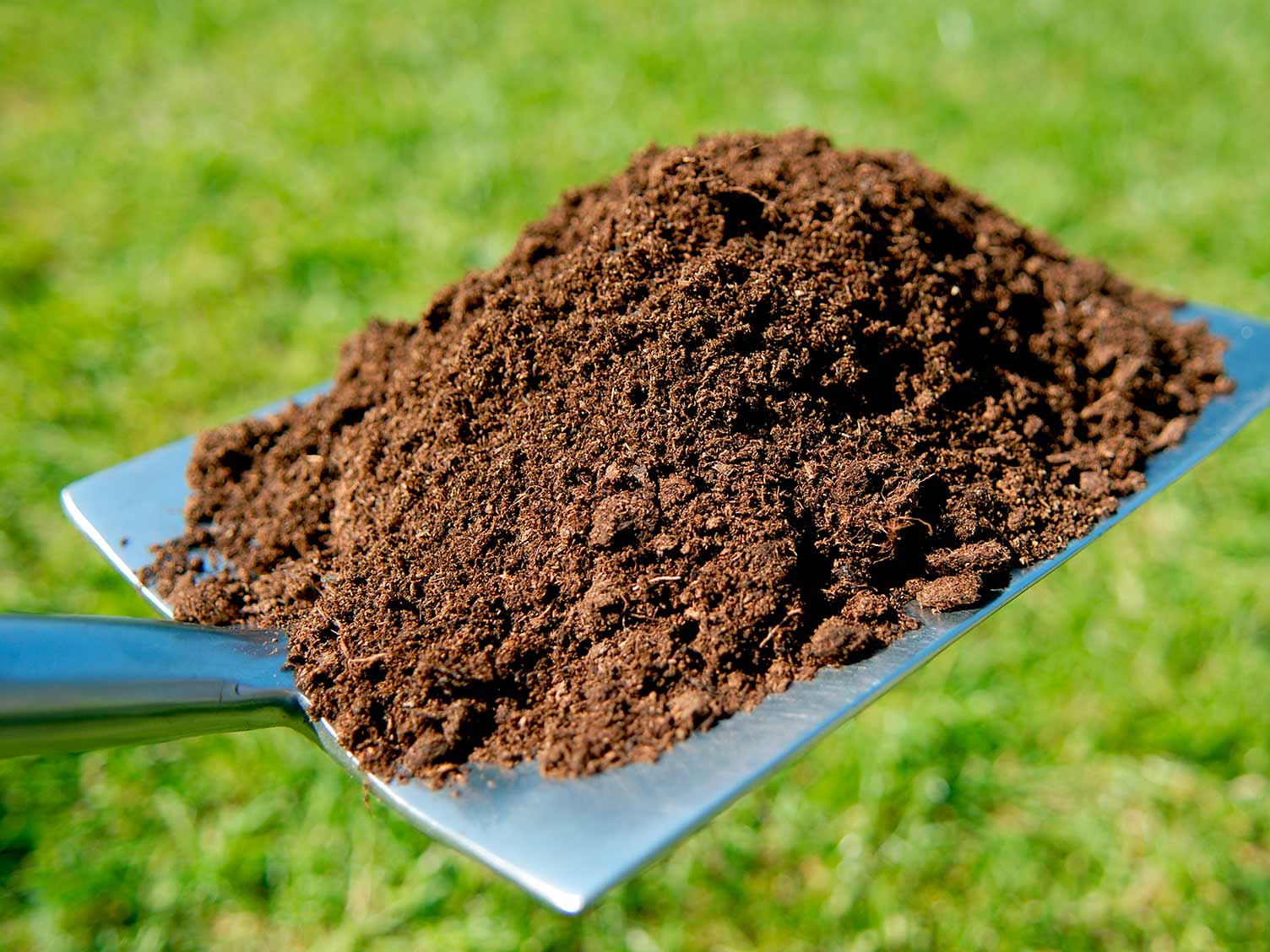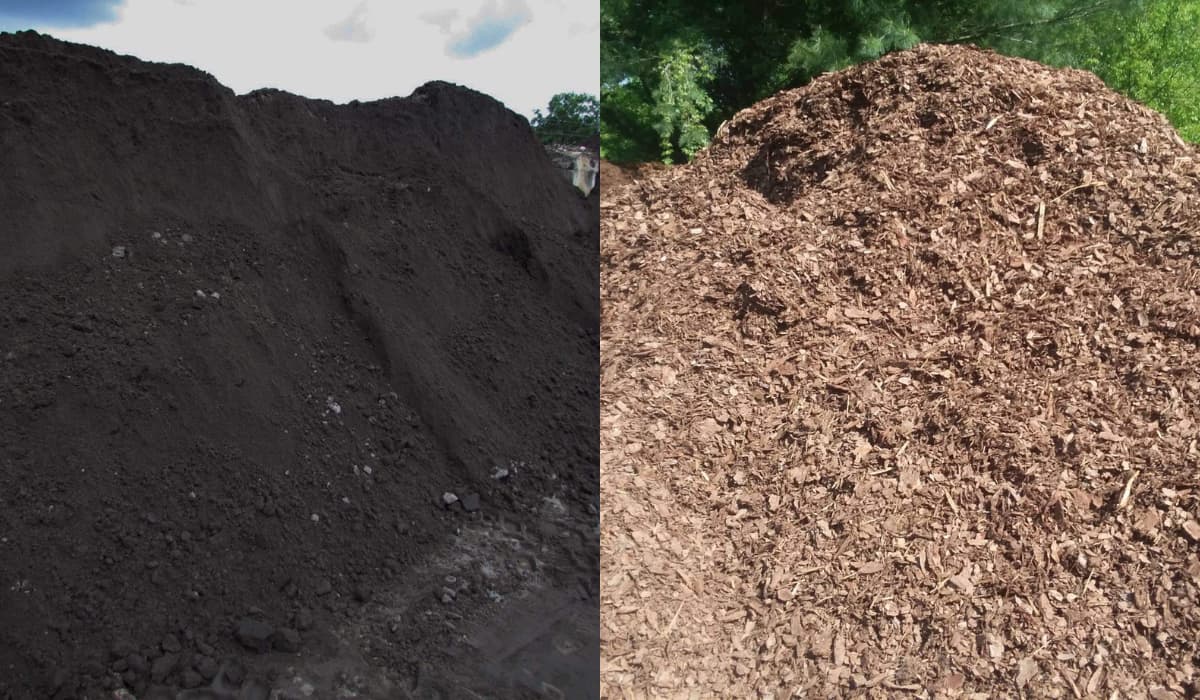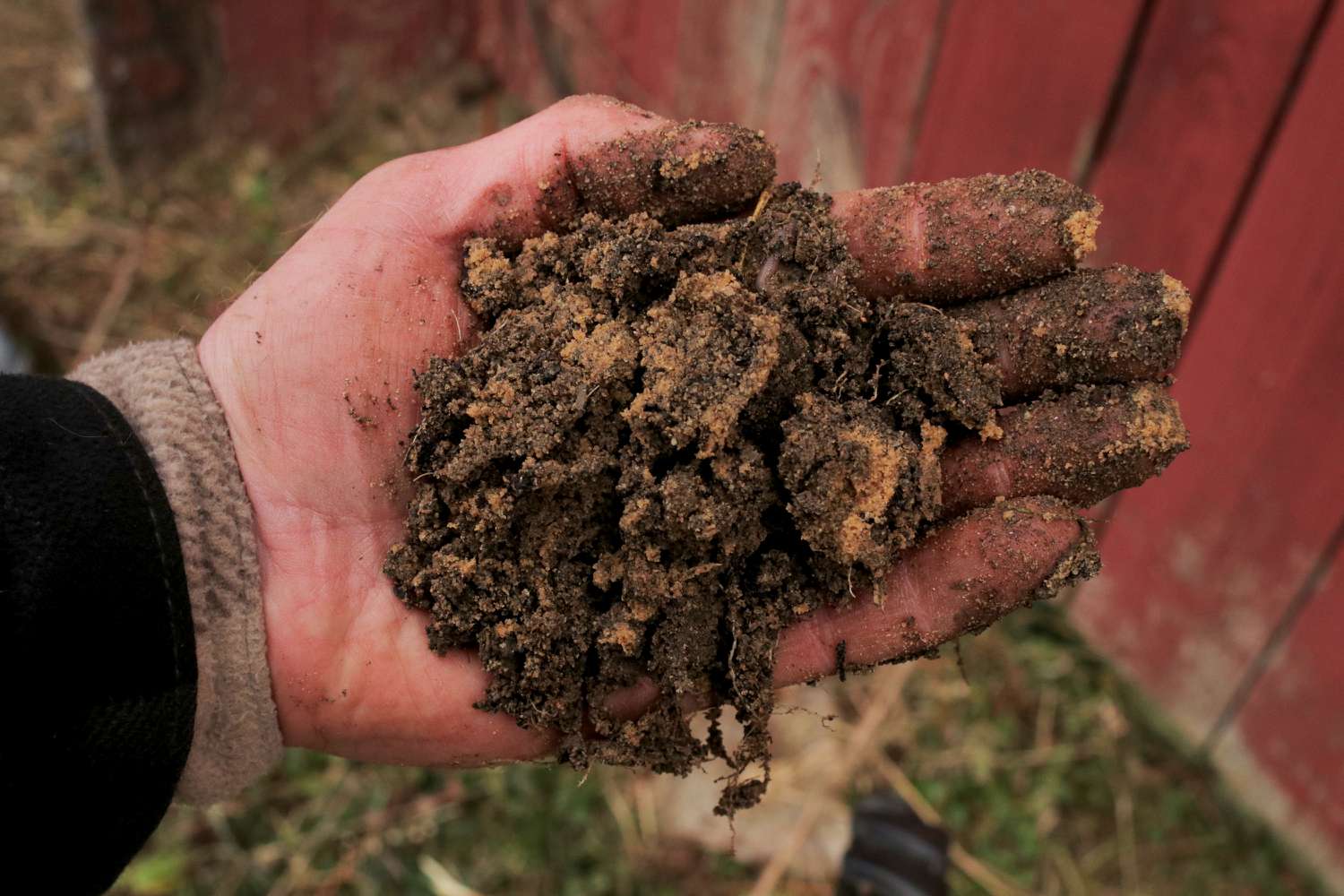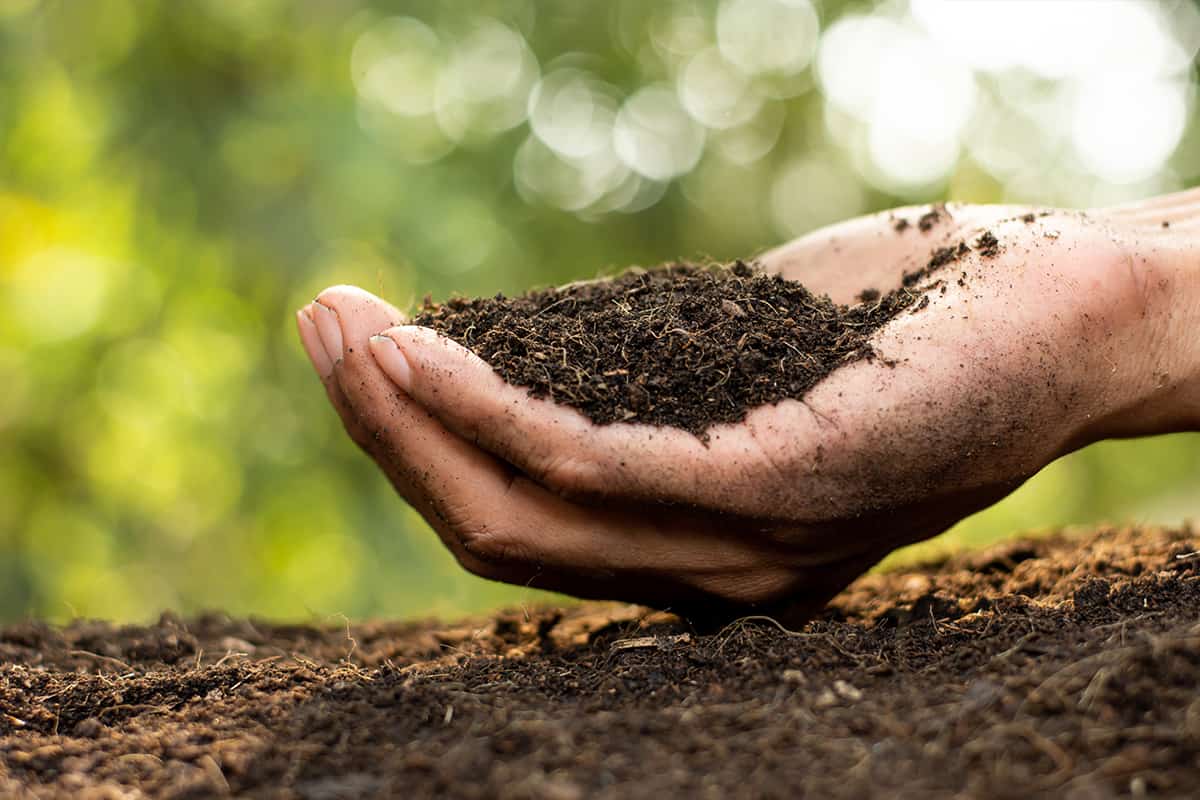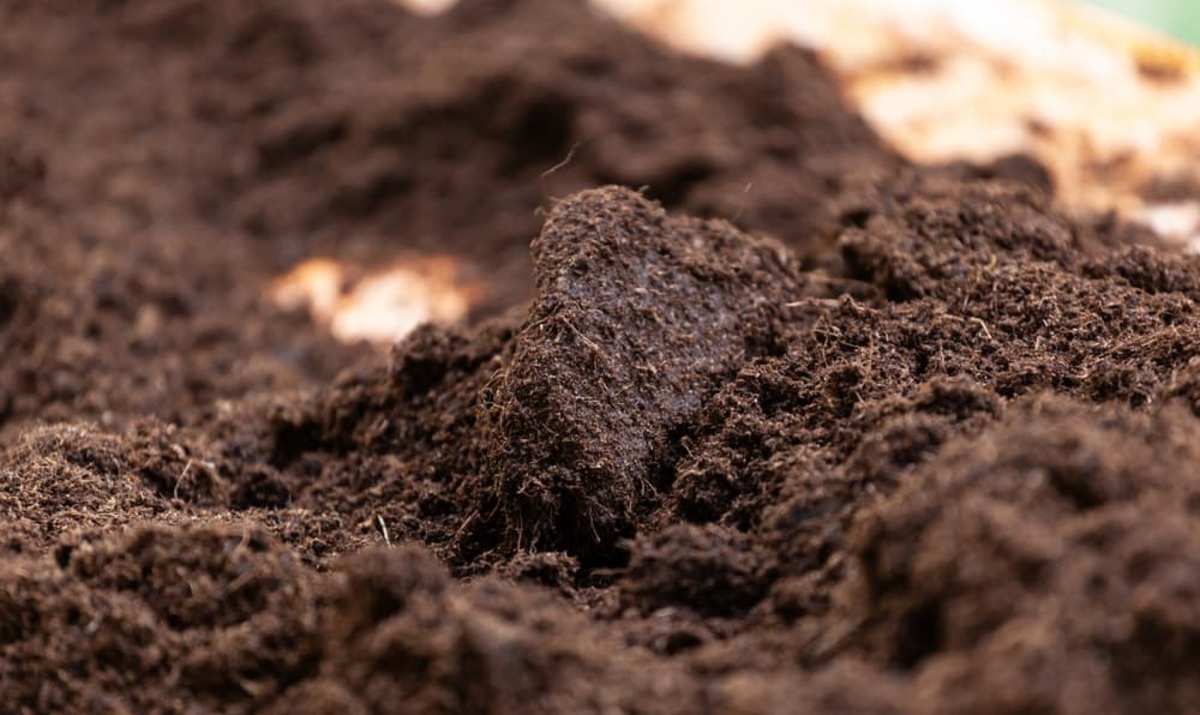Home>Gardening Basics>Understanding Soil>What Can Cause Topsoil To Be Lost?
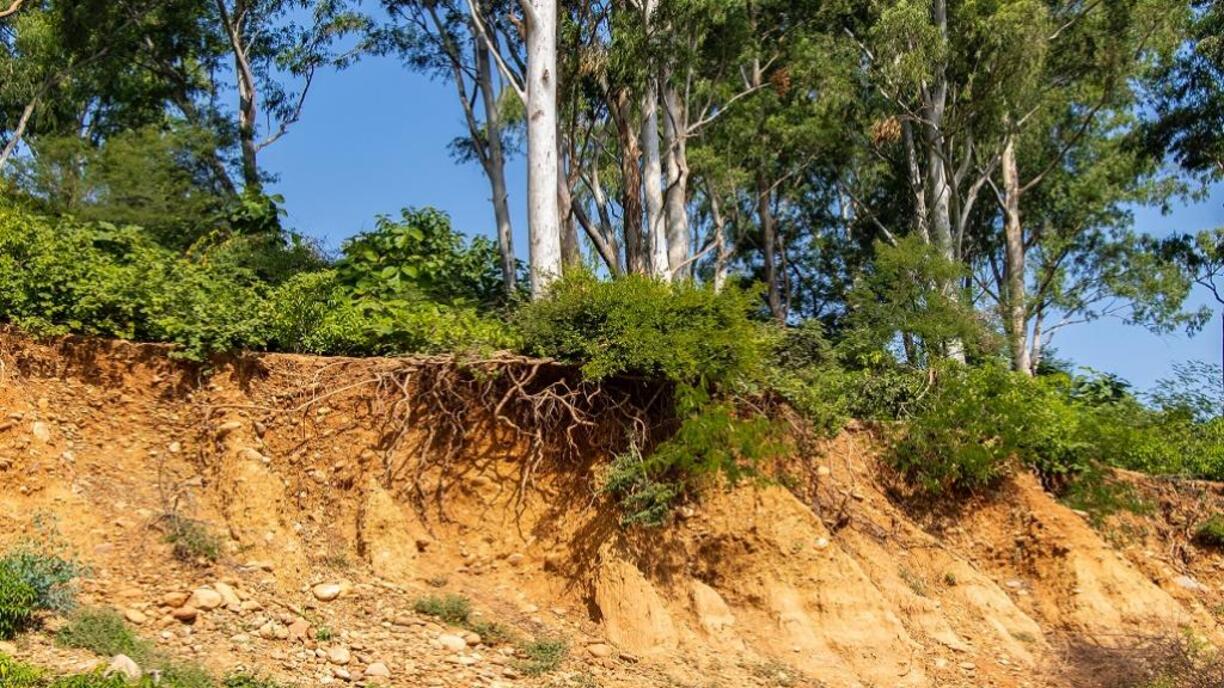

Understanding Soil
What Can Cause Topsoil To Be Lost?
Published: November 22, 2023
Understanding soil and the factors that cause topsoil loss, such as wind and water erosion, lack of use, compaction, and desertification.
(Many of the links in this article redirect to a specific reviewed product. Your purchase of these products through affiliate links helps to generate commission for Chicagolandgardening.com, at no extra cost. Learn more)
Table of Contents
Wind Erosion
Wind erosion is a natural process that occurs when the force and movement of wind displace and carry away the top layer of soil. This displacement can lead to significant soil loss and degradation, affecting the health and productivity of the land. There are several factors that contribute to wind erosion. 1. Lack of Vegetation: One of the primary reasons for wind erosion is the absence of vegetation cover. When there are no plants or crops to bind the soil together, the wind can easily pick up loose soil particles and carry them away. This is particularly prevalent in arid and semi-arid regions where the natural vegetation cover is sparse. 2. Soil Texture: The texture of the soil also plays a crucial role in wind erosion. Coarse-textured soils, such as sandy soils, are more susceptible to erosion as they have larger particles that can be easily transported by wind. In contrast, soils with a higher clay content can be more resistant to wind erosion as the fine particles are tightly packed together. 3. Wind Speed and Direction: The intensity and direction of the wind greatly influence the extent of wind erosion. Strong and persistent winds can transport soil particles over long distances, causing widespread erosion. Wind direction also plays a role as it determines the areas most prone to erosion and where the displaced soil will be deposited. 4. Land Management Practices: Poor land management practices, such as overgrazing, improper tillage techniques, and inadequate crop rotation, can exacerbate wind erosion. These practices leave the soil vulnerable to erosion by removing the protective vegetation cover or disrupting its natural structure. To mitigate wind erosion, several soil conservation techniques can be implemented. These include planting windbreaks and shelterbelts to reduce wind velocity, implementing contour plowing and strip cropping to stabilize the soil, and practicing proper crop rotation and land management strategies to maintain vegetation cover and preserve soil integrity. In summary, wind erosion poses a significant threat to soil health and stability. Through understanding the factors that contribute to wind erosion and implementing appropriate conservation measures, we can safeguard our topsoil and ensure its long-term productivity for agriculture and ecosystem sustainability.
Water Erosion
Water erosion is a natural process that occurs when water flowing over the land surface or raindrops falling from the sky displace and carry away the topsoil. It is one of the most common forms of soil erosion and can have severe consequences for land productivity and water quality. There are several factors that contribute to water erosion. 1. Slope: The gradient or steepness of the land plays a significant role in water erosion. Steep slopes encourage faster water flow, increasing the erosive force and making it easier for water to detach and transport soil particles. 2. Intensity and Duration of Rainfall: Heavy rainfall events with high intensity and long durations can lead to increased water erosion. The impact of raindrops hitting the soil surface can dislodge soil particles and create small channels for water to flow through, which can gradually develop into larger and deeper gullies. 3. Absence of Protective Cover: The presence of vegetation cover, such as forests, grasslands, or crops, plays a vital role in preventing water erosion. Plant roots bind the soil particles together, reducing erosion by absorbing and slowing down the water flow. Bare soil surfaces, on the other hand, are more susceptible to erosion as they lack this protective cover. 4. Improper Land Management: Inadequate land management practices can contribute to water erosion. Overgrazing, improper tillage, and inadequate contouring on slopes can all increase the vulnerability of soil to erosion. These practices can result in the removal of vegetation cover, disturbance of soil structure, and increased runoff. To mitigate water erosion, various soil conservation practices can be implemented. These include terracing slopes to slow down water flow, establishing permanent vegetation cover through planting trees or grasses, constructing small retention ponds or drainage channels to capture excess water, and practicing responsible land management techniques. By implementing these measures, we can protect our soils from the detrimental effects of water erosion. This not only ensures the preservation of fertile topsoil for agriculture but also helps maintain water quality by preventing the sedimentation of rivers, lakes, and other water bodies. In summary, water erosion is a significant threat to soil health and land productivity. By understanding the factors contributing to water erosion and implementing appropriate conservation measures, we can effectively mitigate its impact and protect our valuable soil resources.
Lack of Use
Lack of use is another factor that can contribute to the loss of topsoil. When the soil is left bare and unused for extended periods, it becomes more susceptible to erosion and degradation. There are several reasons why lack of use can result in soil loss. 1. Lack of Plant Cover: Without the presence of plants, the soil is exposed to the elements, including wind and water erosion. Plant roots help hold the soil in place and improve its structure, making it more resistant to erosion. When there is a lack of vegetation cover, the soil is more prone to being washed away by rain or carried away by the wind. 2. Soil Depletion: Continuous cultivation without proper crop rotation and nutrient management can lead to soil depletion. Certain crops can deplete specific nutrients from the soil, which, if not replenished, can result in poor soil health and decreased productivity. Over time, the depleted soil becomes more vulnerable to erosion. 3. Soil Compaction: Lack of use can also lead to soil compaction, which can make it more difficult for water to penetrate the soil and for roots to grow. Compacted soil has lower water infiltration rates and increased surface runoff, which can contribute to erosion. It also reduces the soil’s ability to hold nutrients and support plant growth. 4. Loss of Organic Matter: When the soil is left unused, there is a lack of organic matter being added to the soil through decomposing plant materials and cover crops. Organic matter plays a vital role in maintaining soil structure, moisture retention, and nutrient availability. Without regular additions of organic matter, the soil becomes more susceptible to erosion and degradation. To address the issue of lack of use, implementing proper land management practices is essential. Crop rotation can help break pest and disease cycles, replenish soil nutrients, and preserve soil structure. Adding cover crops during fallow periods can help protect the soil from erosion, improve nutrient cycling, and enhance soil health. Implementing conservation tillage practices can also help reduce compaction and preserve soil structure. By actively managing and utilizing the land, we can prevent the loss of topsoil due to lack of use. In doing so, we ensure the long-term productivity and sustainability of our soil resources. In summary, neglecting and leaving the soil unused for extended periods can result in soil degradation and increased vulnerability to erosion. By implementing proper land management techniques and actively utilizing the land, we can prevent the loss of topsoil and preserve the health and productivity of our soil.
Compaction
Compaction refers to the compression and consolidation of soil particles, resulting in reduced pore space. When the soil becomes compacted, it can negatively impact plant growth, water infiltration, and nutrient availability. There are several factors that contribute to soil compaction. 1. Heavy Machinery: The use of heavy machinery, such as tractors and construction equipment, can lead to soil compaction. The weight and repeated pressure exerted by these machines on the soil surface can compress the soil particles, reducing pore space and limiting the movement of air and water within the soil. 2. Traffic: Frequent foot or vehicle traffic on the soil can also cause compaction. This is particularly true in high-traffic areas such as paths, driveways, and construction sites. The constant pressure and movement of people and vehicles can compact the soil and make it more difficult for roots to penetrate and for water to infiltrate. 3. Improper Soil Management: Inadequate soil management practices, such as excessive tillage or improper timing of field operations, can contribute to compaction. Over-tilling the soil can break down its natural structure and lead to compaction over time. Similarly, performing field operations when the soil is too wet can exacerbate compaction as the waterlogged soil is more prone to compaction. 4. Natural Processes: Natural processes like rainfall and freeze-thaw cycles can also contribute to soil compaction. Heavy rainfall can lead to soil compaction as the force of the raindrops hitting the soil surface can squeeze the soil particles together. Similarly, during freeze-thaw cycles, water trapped in the soil freezes and expands, causing soil particles to be compressed. To mitigate soil compaction, various measures can be taken. These include minimizing the use of heavy machinery or using alternative methods that distribute weight more evenly, avoiding unnecessary traffic on the soil, practicing proper timing of field operations to prevent soil compaction when the soil is too wet, and implementing conservation tillage methods that help preserve soil structure. Improving soil organic matter content can also help reduce compaction by increasing soil structure and porosity. Adding organic amendments, like compost and cover crops, promotes the growth of beneficial soil organisms that contribute to soil structure improvement. In summary, soil compaction can have detrimental effects on soil health and plant growth. By implementing proper soil management practices and minimizing compaction-inducing activities, we can maintain the integrity of the soil and ensure its long-term productivity.
Desertification
Desertification is the process by which fertile land gradually transforms into desert or arid land. It is primarily caused by human activities and natural factors, resulting in significant soil degradation and loss of vegetation. Desertification can have severe consequences for ecosystems, agriculture, and the livelihoods of millions of people around the world. 1. Climate Change: Climate change has played a significant role in desertification. Rising global temperatures, changing rainfall patterns, and increased frequency of droughts have contributed to the expansion of arid areas. As a result, once-fertile soil becomes dry and unable to support plant life, leading to desertification. 2. Unsustainable Land Use: Unsustainable land use practices, such as overgrazing, deforestation, and improper irrigation techniques, can cause desertification. Overgrazing removes vegetation, leading to soil erosion and reduced soil fertility. Deforestation disrupts the water cycle and accelerates soil erosion. Improper irrigation techniques can lead to the accumulation of salts in the soil, making it less suitable for plant growth. 3. Soil Erosion: Soil erosion is both a cause and a consequence of desertification. When topsoil is lost, it reduces the soil’s ability to retain water and support plant growth. With less vegetation to protect the soil, erosion accelerates, further exacerbating desertification. 4. Poverty and Population Pressure: Poverty and population pressure can contribute to desertification as well. In regions with high population densities and limited resources, improper land management practices may be employed out of necessity. This includes the clearance of land for agriculture or fuelwood collection, leading to the degradation of soil and the spread of desertification. Addressing desertification requires a combination of natural resource management, sustainable land use practices, and community engagement. Implementing watershed management programs, reforestation initiatives, and soil conservation practices, such as terracing and contour plowing, can help combat desertification. Additionally, promoting alternative livelihoods and providing education and support to local communities can aid in sustainable land management. By taking proactive measures to prevent and combat desertification, we can protect fertile soil, preserve ecosystems, and secure the livelihoods of communities residing in arid and semi-arid regions. In summary, desertification is a complex issue caused by various factors including climate change, unsustainable land use, soil erosion, and population pressure. Through sustainable land management practices and community involvement, we can mitigate the effects of desertification and ensure the long-term health and productivity of our fragile ecosystems.
